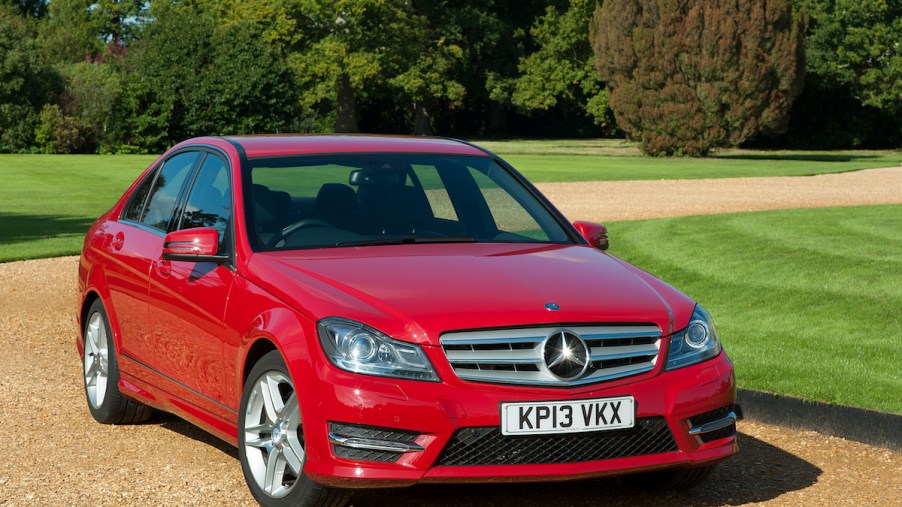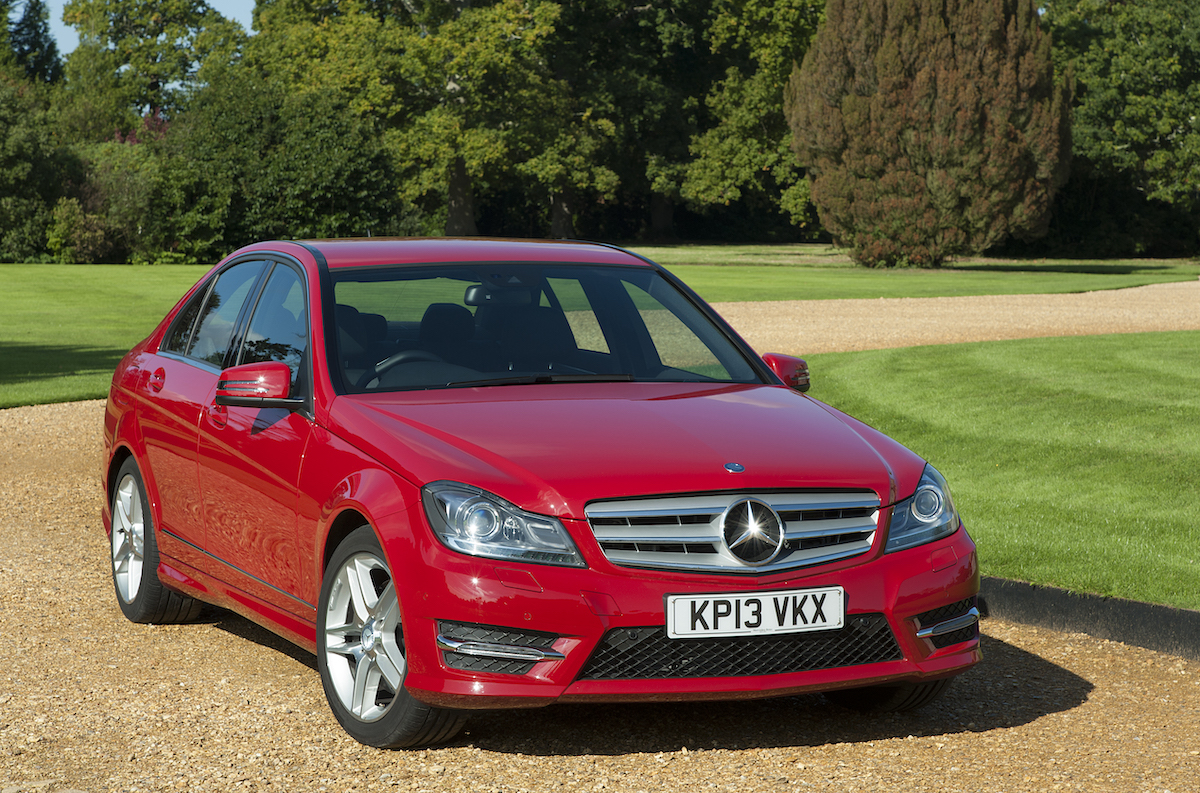
What Car Colors Are Least Likely to Be Stolen: The Facts and the Fiction
When it comes to car theft, some vehicles seem to attract burglars more than others. And it makes sense why some models are more appealing to steal. But what about the color? Is there really some psychology behind certain car colors getting stolen more than others?
There are threads of intelligent science behind car thieves’ motivation. However, there are also facts and fiction about car colors as a factor. We dove in to explore the car theft data. Here are the nuggets of truth and big fat lies behind the myths of cars reported stolen. And there are some car colors that might just be less likely to attract would-be crooks.
Do red cars really get swiped more often?

You might have heard the old rumor about red cars being the worst for a lot of things. There’s the rumor that red cars are most often pulled over by police for speeding. Another suggests red cars are costlier to insure. And your grandparents might have warned you about buying a red car because it’s likelier to be stolen.
But those views are all rooted in myths.
Studies don’t necessarily suggest red cars aren’t stolen. In fact, NRMA Insurance found that 2.81 out of 1,000 cars stolen were red. That data points out that green and black cars are far more appealing to car thieves.
HotCars also debunks some red-car myths, reminding consumers there is absolutely no shred of scientific basis behind the idea that red cars appear faster, get pulled over more often, or experience more car theft. A 1990 study regarding police officers and traffic stops demonstrated that gray cars, not red, were more frequently ticketed in St. Petersburg, Florida.
The car colors most at risk for being reported stolen
When you start looking at the reports of car theft, you can begin to unravel the primary motivation. And that’s what points to which car colors end up being more desirable to thieves. It comes down to convenience, value, and availability.
Car thieves want to steal a car that’s relatively easy to get into and drive away with, unnoticed, like a Honda Civic. And a car that popular means the aftermarket sale of parts will be far more lucrative than a rare, one-off model. It’s those popular, relatively unflashy rides that tend to get the most attention from would-be car thieves.
The older models present fewer tech challenges when it comes time to breaking in and driving off, making those plain-Jane, everyday drivers better targets as well.
As for the colors more often stolen, those that blend in with the crowd tend to be reported stolen the most, including white, gray, and silver models.
The most common color of cars stolen is silver. A study shared by Edmunds shows that blue and silver cars were stolen almost 40% more often from 2004 through 2010 in the Netherlands.
The car color least likely to be stolen
If red isn’t really a magnet for thieves, and silver is the most popular color for stolen cars, what’s at the other end of the spectrum? Which car color is least likely to be reported stolen? Not that any color is expressly safe from thievery; however, most criminals would probably avoid a few colors.
Edmunds shares sentiments from Dutch economist Ben Vollaard, who says the bolder the car color, the least likely it will be stolen. Here’s his theory: A brightly colored car, such as yellow or orange, will be easy to identify. The bold hues usually also indicate newer models with better anti-theft systems. It boils down to the vehicle’s resale value in the hands of a thief. And it’s a lot harder to unload a neon-green car than a white one.
The moral of this color-coded tale is that bold is better if you want to prevent your car from getting swiped. And give red a break because red cars don’t make anyone’s list of most or least likely to be stolen. Remember, too, if you do drive one of those car-thief magnets, like a silver Honda Accord or gray Honda Civic, be sure to lock the doors and invest in an alarm.


